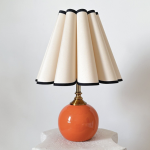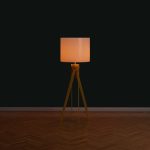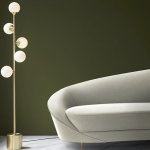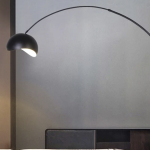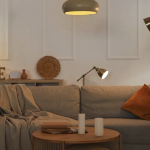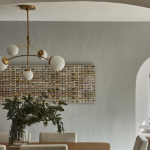
Introduction
The Bauhaus school, founded in 1919 in Weimar, Germany, was a revolutionary movement that aimed to integrate art, craft, and technology to create functional and aesthetically pleasing designs. One of the prominent areas of focus for the Bauhaus was lighting design. The principles of Bauhaus lighting design were based on simplicity, functionality, and minimalism, which produced innovative and timeless pieces that have stood the test of time. In this article, we will explore the history, principles, and examples of Bauhaus lighting design.
History of Bauhaus Lighting Design
The Bauhaus school had a significant impact on design in the 20th century. The lighting designs of the Bauhaus were driven by the school’s philosophy of design, which was rooted in rationalism and functionality. The school employed new materials and technologies to create simple yet innovative light fixtures that were devoid of ornamentation. The Bauhaus lighting design aimed to create an aesthetic experience that was functional, affordable, and accessible to all.
Principles of Bauhaus Lighting Design
The principles of Bauhaus lighting design are based on simplicity, functionality, and minimalism. The focus was on creating designs that were devoid of unnecessary ornamentation and focused on the use of clean lines, geometric shapes, and simple forms. The Bauhaus also placed great importance on the use of materials, such as metal, glass, and plastic, and new technologies, such as electric lighting, which allowed for the creation of innovative light fixtures.
The Bauhaus Lighting Design Aesthetic
The Bauhaus lighting design aesthetic is characterised by geometric shapes, clean lines, and simple forms. The light fixtures were designed to be functional, providing both direct and indirect light. The use of glass allowed for the diffusion of light, while the use of metal and plastic produced a sleek and modern look. The designs were created to be affordable and accessible to all, making them popular with both architects and consumers.
Examples of Bauhaus Lighting Design
Some of the most iconic examples of Bauhaus lighting design include the table lamps designed by Wilhelm Wagenfeld and Adolf Meyer, the wall sconces designed by Marianne Brandt, and the pendant lamps designed by Hannes Meyer. These designs incorporated the principles of Bauhaus lighting design, such as simplicity, functionality, and minimalism. They also used materials and technologies that were innovative for their time, such as sheet metal, glass, and electric lighting.
Wilhelm Wagenfeld and Adolf Meyer
Wilhelm Wagenfeld and Adolf Meyer are two of the most famous designers to have come out of the Bauhaus school. They collaborated on several lighting designs, including the iconic table lamp, which features a cylindrical shade and a clear glass base. The simplicity of the design and the use of materials such as glass and metal exemplify the principles of Bauhaus lighting design.
Marianne Brandt
Marianne Brandt is another influential designer associated with the Bauhaus. Her wall sconces are an excellent example of her minimalist style, featuring simple geometric shapes and glass diffusers. The use of metal and glass, combined with linear forms, creates a sleek and functional design that typifies Bauhaus lighting design.


